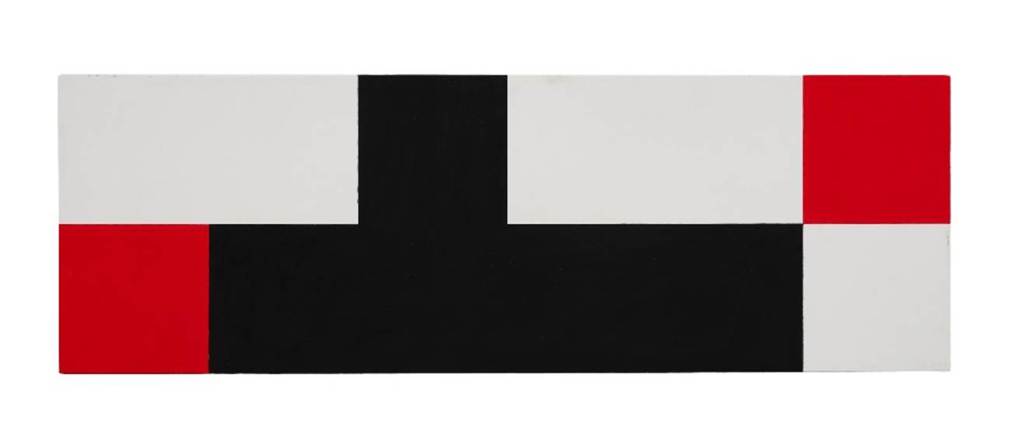“Lucian Freud: The Painter’s Etchings,” curated by Starr Figura. Museum of Modern Art, New York, NY. Dec. 16 through Mar. 10. The press release says the exhibition presents the full scope of Freud’s achievements in etching, including seventy-five examples ranging from rare, early experiments in the 1940s to the large and complex compositions created since his rediscovery of the medium in the early 1980s. At amNew York, Emily Hulme reports that Freud’s portraits, both the paintings and etchings, are intimate and frank. “The works can verge on grotesque; his nudes are particularly shocking. Depicting both men and women in states of recline, the works give no thoughts to the comfort of the viewer. Imperfect, blemished bodies are presented with no apology. The images aren’t pretty, and there’s an awful lot of genitalia on display here, but the overall emotion elicited isn’t revulsion, but wonder. His gaze is unflinching out of a commitment of honesty to and intimacy with his subjects — who are, after all, his mother, his daughter, his friends and other people important to his life.” Read more.On Artnet, querulous Charlie Finch suggests that the show, well, sucks. “The show consists of one painting per room surrounded by inferior etchings, based on said painting, done from life on the easel, probably by some intern at MoMA last week, but purportedly by Freud. I won’t embarrass the elite galleries who shipped this product into MoMA by naming them, but Marie-Josee and Henry Kravis made a point of glad-handing the crowd of nobodies at the opening, so I guess someone was having trouble unloading this trash at the gallery level. Back in 1991, no respectable New York gallery would touch Lucian Freud, because he was considered a self-involved hack who could neither think, paint or draw with any facility. Then, New York art dealer Brooke Alexander did a courageous show of miniature Freud self-portraits at Brooke’s Wooster Street space which led to a reconsideration.” Read more.
In the NYTimes, Roberta Smith admits that the show has a few dead spots, but finds it riveting nonetheless. “Tough as Mr. Freud’s paintings are, his etchings are somehow even starker, more raw and brutal. They bring the violence of his rendering style closer to the surface. Compared with the loamy explorations of Mr. Freud’s paintings, the etchings might almost be X-rays. The best show us sides of the image, like scaffoldings that have been partly draped with nets — often hallucinatory patches of lines, gouges, hatching and crosshatching. The frenetic marks lead lives of their own while somehow also coalescing to imply flesh, features and expression, in varying degrees.” Read more.
In the NYSun, Lance Esplund’s review is mixed. “Mr. Freud early on began to pursue, and to be seduced by, marks and effects in his work, rather than building form. And if his work is any indication, he usually cannot tell the difference between the two. Swirling lines and heavy crosshatchings in his prints and the crusty buildup of lumpy paint in his oils suggest a hardwon eccentricity — a workman ethic and an expressionist angst that are immediate and physically present. His most common subjects are distorted, misshapen, seemingly scarred portrait heads with pig noses, and ‘Naked Portraits’ — obese female nudes and naked, sprawling, spread-eagled men lying with dogs or abandoned on couches as if on sinking ships. The pictures suggest that the artist was getting at the heart of existential matters. His marks, however, no matter how agitated or thick, often merely scratch the surface or actually collapse the forms they mean to build or describe an hypocrisy that is increasingly felt the more impastoed and disturbed the marks.” Read more.
And Karen Rosenberg, also at the NYTimes, avoids the skirmish and suggests that William Feaver’s hefty, $138 volume, “Lucien Freud,” might be a good addition to your Christmas list. Unless, of course, you’re celebrating with Charlie Finch.






















